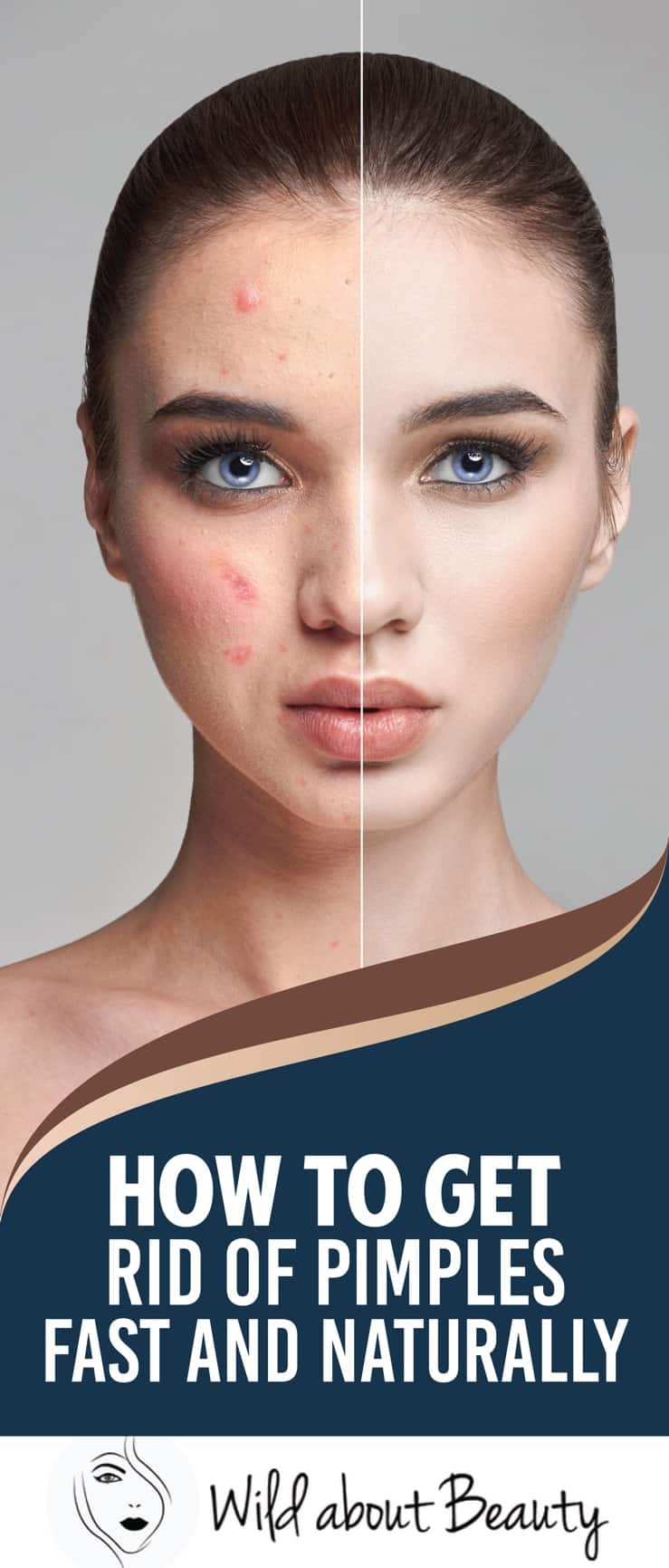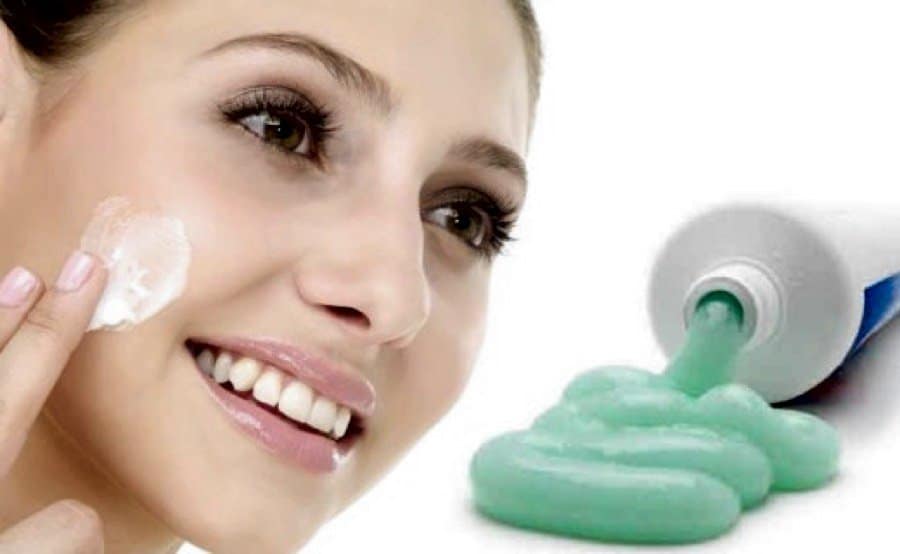Acne, a prevalent skin condition affecting people of all ages, manifests as various types of blemishes, including pimples, whiteheads, blackheads, and in more severe cases, scarring. As we navigate our day-to-day lives, we often underestimate the impact that this frequent dermatological issue can have on an individual’s self-assurance and daily interactions. The American Academy of Dermatology notes that while acne itself is not detrimental to physical health, the psychological and emotional toll it takes should not be underestimated.
At the core of pimple formation is inflammation, where sebaceous glands within the skin become infected with bacteria, swelling and filling with pus. This process is exacerbated by an overproduction of sebum. It’s important to understand that acne can occur not just on the face, but also on the neck, back, and shoulders. While many skin conditions, such as rosacea, rashes, and hidradenitis suppurativa, pose their own unique challenges, the intersection of genetics, lifestyle, and external factors play a critical role in the development and management of these pervasive skin concerns.
Chapter Overview
10 Ways to Get Rid of Pimples Naturally
1. Apply Some Ice
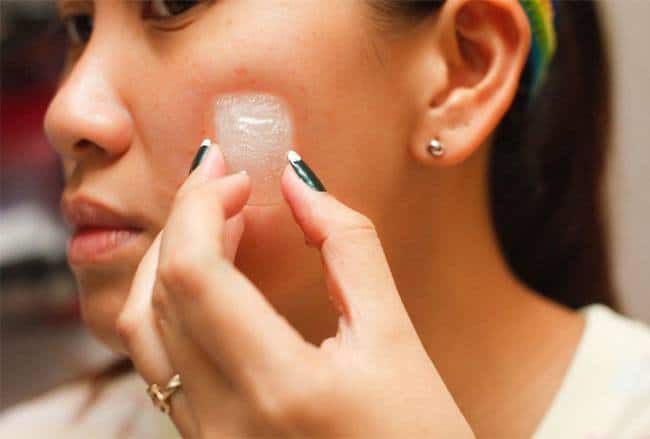
We recommend using ice to quickly reduce inflammation and redness. Improved blood circulation can help nourish the skin and clear accumulated oils and dirt. For best results:
- Wrap ice in a soft cloth (frozen peas can be a substitute).
- Place it on the pimple for a few seconds.
- Wait a bit and then reapply the ice, taking care not to leave it on the area for too long to prevent damage.
2. Lemon
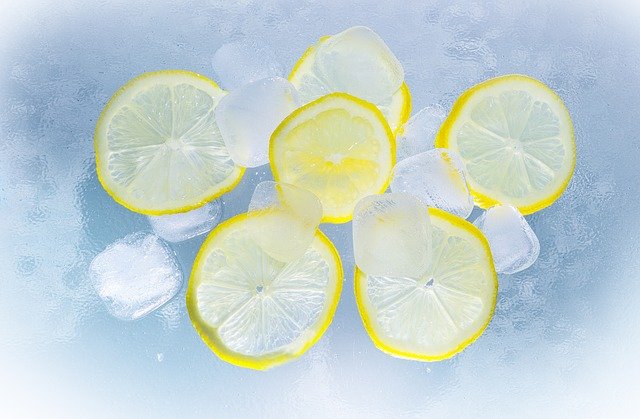
Lemon juice, a rich source of Vitamin C, can help dry out pimples effectively:
- Soak a cotton swab in fresh lemon juice and dab onto pimples at bedtime.
- A mixture of lemon juice and cinnamon powder can be applied overnight, but it should be avoided by those with sensitive skin.
3. Toothpaste
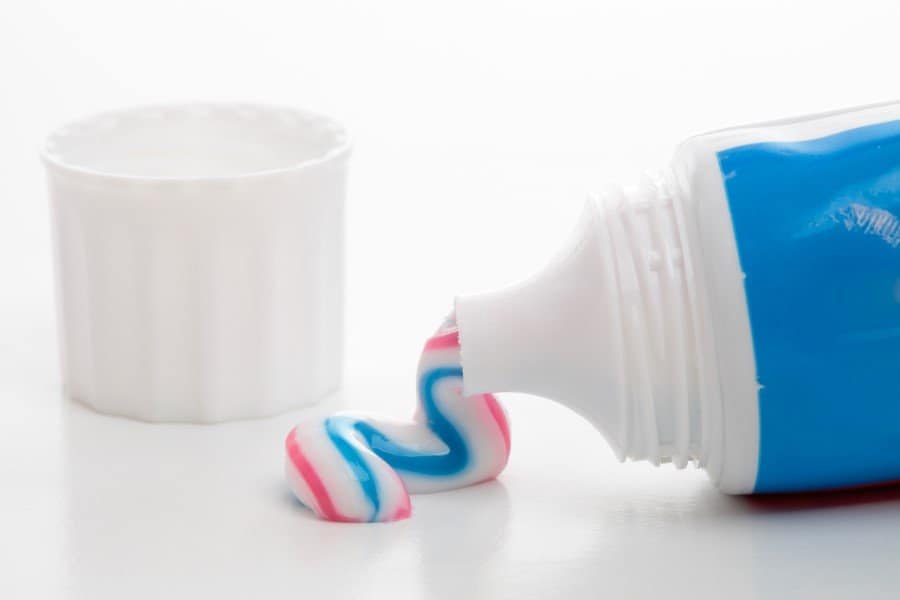
White toothpaste can act as a spot treatment when used post-ice application:
- Dot white toothpaste on the pimple and leave it overnight.
- Wash with warm water in the morning.
- Reapply for at least 20 minutes during the day if needed.
4. Steam

Steam can help open pores and allow the skin to breathe, releasing dirt, bacteria, and oils:
- Take steam from a pan of hot water for a few minutes.
- Rinse your face with lukewarm water afterward and moisturize.
5. Garlic
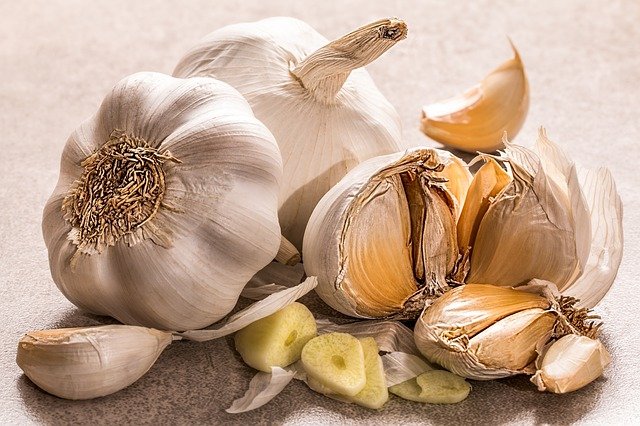
Garlic’s antimicrobial properties can help heal pimples quickly:
- Slice a garlic clove in half.
- Rub it on the pimple, and after five minutes, rinse with lukewarm water.
- Repeat this process twice daily.
6. Baking Soda
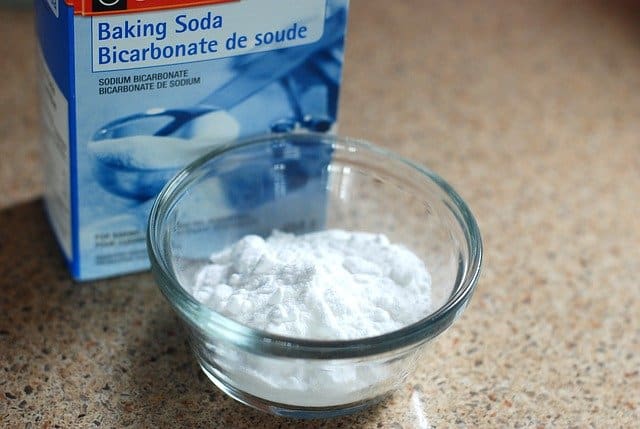
Baking soda is a minimalist approach to clearing excess oil:
- Form a paste with a teaspoon of baking soda and a little water or lemon juice.
- Apply on a slightly damp face and rinse after a few minutes without letting it sit too long.
7. Honey
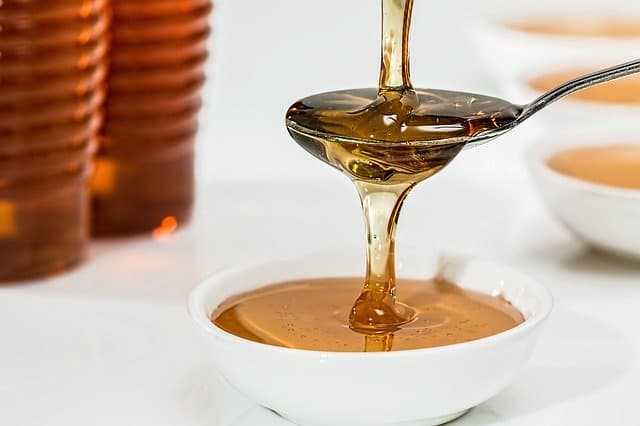
Honey is a natural antibiotic that can speed up healing:
- Apply honey with a cotton swab directly to the pimple.
- Leave for 30 minutes and then rinse off with warm water.
8. Cucumber
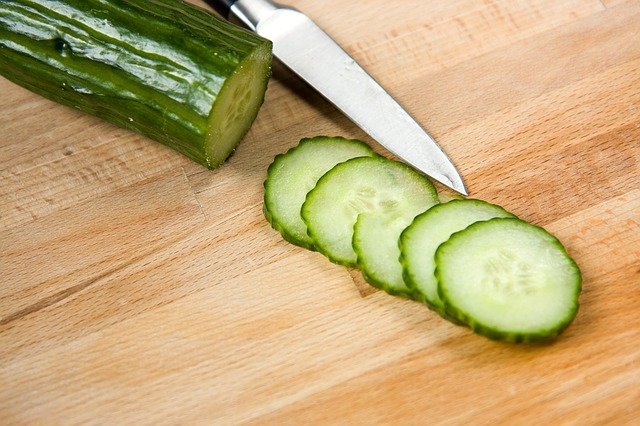
Cucumbers can soothe and hydrate the skin:
- Soak cucumber slices in water, then use that water to wash your face.
- Grated cucumber applied as a mask for 15 minutes can also clean dirt and bacteria from pores.
9. Tea Tree Oil
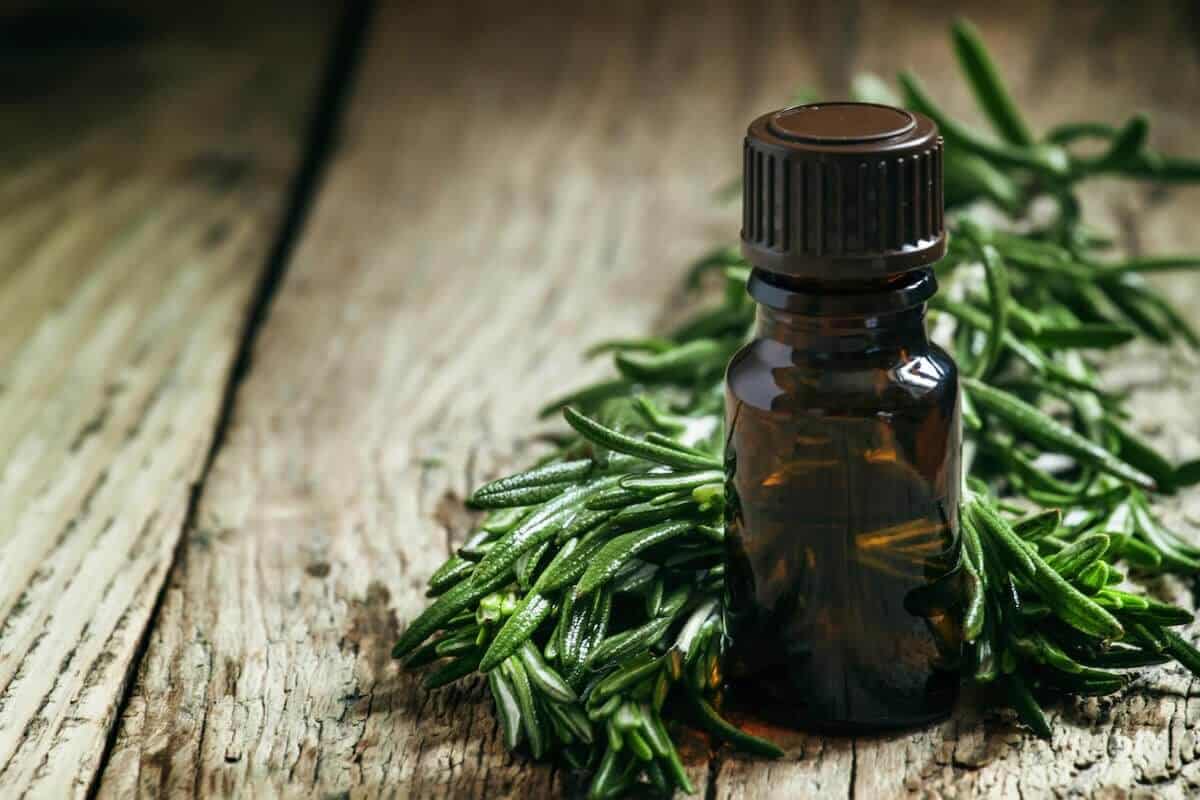
Tea tree oil is a powerful spot treatment due to its antibacterial properties:
- Dab a bit of oil on the affected area with a cotton swab.
- Use this treatment twice a day, but only on specific spots to avoid irritation.
10. Papaya
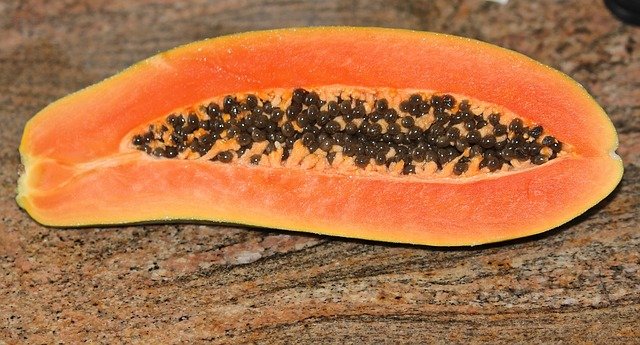
Papaya is packed with vitamins and antioxidants for pimple treatment:
- Mash papaya to extract the juice and apply it to the pimples.
- Leave it on for 10 to 15 minutes before rinsing thoroughly.
Lifestyle Changes to Make
In managing acne, we often focus on external skin care products, but our daily habits play a substantial role. We can take preventative steps to minimize the incidence of acne and improve our skin health.
- Sleep: Aim for 6-8 hours of quality sleep nightly to facilitate skin repair and stress reduction.
- Stress Management: Incorporate relaxation techniques as stress can increase sebum production, leading to clogged pores.
- Dietary Adjustments: Reduce sugar intake and increase omega-3-rich foods to improve skin health.
- Hydration: Drink sufficient water daily to maintain proper hydration and aid in detoxification.
- Exercise: Regular physical activity helps decrease inflammation and regulate hormones.
- Skin Regimen: Cleanse gently and use non-abrasive exfoliation weekly to remove dead skin cells without causing irritation or redness.
- Important Note: Avoid harsh scrubbing and popping pimples to prevent further inflammation and potential scarring.
Consistently following a basic skin care routine that includes cleansing and possibly the use of non-comedogenic makeup and products, can prevent excessive oil buildup. We should also consider the use of gentle astringents and ensure our pillowcase is clean, as it can harbor oils and bacteria contributing to acne.
If conventional treatments are insufficient, we may explore prescription treatments like topical retinoids (tretinoin, adapalene) or oral medications (antibiotics, isotretinoin). For those looking for alternative options, light therapy and certain supplements, such as fish oil and vitamin A, have been known to support skin health.
